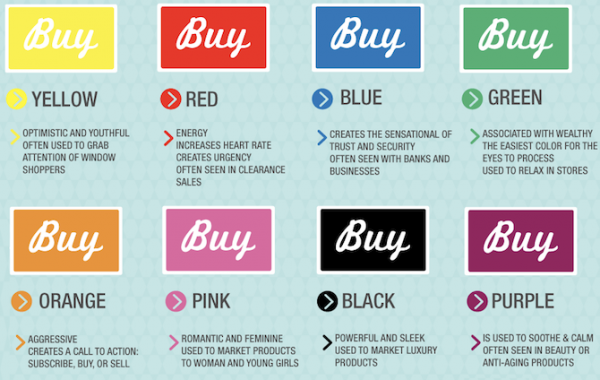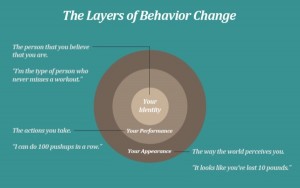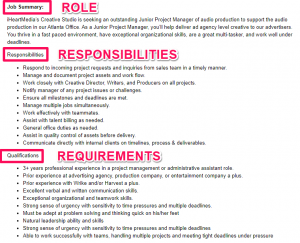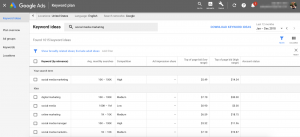
UX design is one of those topics you can’t ignore as a marketer because it has deep roots in everything you do for an online brand. It’s something you and everyone in your team must understand, even if you’re not experts in the field. So what exactly is UX and why is it important to every business?
This is the question we’ll be answering today so there’s no more confusion about the role of UX design in marketing.
What is UX design?
At its most basic, UX design simply stands for user experience design, but what do we really mean when we say ‘user experience’?
When a user lands on a website or opens an app, they’re locked into that platform for a certain period of time. Everything that happens during this session builds a mental experience in that user’s mind about the platform and the brand it represents.
The role of UX design is to ensure this experience is a positive one.
What makes a good user experience?
The answer to this question depends on the kind of platform you intend to design/market and the users it’s targeting. The concept of a ‘good’ user experience can vary from one person to another – and this is why it’s so important to test and tweak your designs over time.
That said, there are a number of key factors in creating a user experience that maximises your marketing efforts:
Information architecture and navigation
Information architecture is the structural design of information – pages, content, labels, etc. – and navigation is the pathway that connects them all. Mastering these two principles is vital to getting your brand story across and creating sales funnels for users to, you know, navigate.

Example of page speed analysis carried out by our software Apollo
Speed and performance
In most cases, website performance refers to the speed of a website – how long pages and content take to load. However, performance should also consider mobile optimisation, bugs and other quirks that might get in the way of people using a site/platform.
UI design
User interface (UI) design is the visual and functional design of elements people use to interact with a website or application. This includes buttons, icons, navigational elements, advanced search options and anything else users click or touch. The trick is these things need to visually communicate what they do so users quickly understand what they can do and how.
Getting the job done
You could argue this is the most important element of UX design. In most cases, users land on your website looking to do something, to achieve some kind of tasks. The same goes for mobile apps, chatbots and any other platform you design. They have to be useful, intuitive and get the job done in the most efficient way possible.
Another element of user experience that often gets forgotten these days is the enjoyment factor. If users love using your site, app or whatever else, they’re going to be a lot more forgiving about the occasional UX gripe. So don’t forget the human element and strive to create something people actually enjoy using.
Why is UX important to every business?
UX design has become one of the most important aspects of modern marketing. Take a look at the leading brands in any industry and you’ll see how much time and money they invest in creating and maintaining a user experience that keeps people involved with their brand and coming  back for more.
back for more.
Generally speaking, the goals of UX design are as follows:
- Make a positive first impression with users
- Create a pleasing experience that people associate with your brand
- Reduce the percentage of users who leave before completing an action
- Increase the percentage of users who come back to your website/platform
- Encourage users to come back to your site in the future
UX design’s role in marketing is growing, though. Google now considers user experience factors in its search algorithm (e.g: mobile optimisation) but even its core metrics are influenced by UX design. The number of pages people visit, the time they spend on them, the moment they choose to leave and various other factors are a reflection of the user experience you create.
In essence, the user experience is the brand experience and everything users encounter during these sessions defines their relationship with you. Look after them and great things can happen; neglect their needs and you risk losing them forever.
According to Econsultancy, “88% of online consumers are less likely to return to a site after a bad experience” and this explains why brands invest big in UX design. Once you frustrate a user, they’re probably gone for life – and that’s a lead you’ll never get back again. This really hurts your profit margins when you’ve worked so hard to get each of these visitors to your site.
Which UX mistakes annoy users the most?
Web designers and developers have come up with thousands of ways to annoy users over the years, but here are some frustrations that really stand out, even today:
- Slow loading times: Almost half of users leave a site that doesn’t load within two seconds.
- Poor navigation: If users can’t find their way around your site, you’ve already lost them.
- Shoddy mobile experience: Despite all the talk about mobile optimisation, too many sites fail to deliver for users on the go.
- Annoying popups: There’s a reason ad blocking has become such a thing – take the hint.
- Complex forms: People don’t like giving away personal information and they certainly don’t like filling out forms more than once because of an error.
- Checkout problems: Making it difficult for people to hand over their hard-earned cash is never a good idea.
That gives you an idea of some of the things users hate the most but there’s more to UX design than suppressing internet rage. Creating a profitable user experience means analysing every detail of your brand – down to the colours of your CTA buttons and your choice of fonts – to understand what generates the most conversions.

Image source: https://convertkit.com/
It’s impossible to overstate the importance of UX design in modern marketing. In fact, with the rise of chatbots, personal assistants and the latest wave of web technologies, UX design is fast becoming the new web design. It’s something that incorporates every interaction between users and brands, from the moment they see you in search until they confirm their payment – on your website, in-store or via a third-party platform.
Talk to our UX experts today!
If your website isn’t performing as well as it should be, we would highly recommend a UX review before investing any further budget in your current site. A UX review will reveal under-performing areas and provide you with a list of recommendations that will have the biggest impact on your site. This removes any guess work and means your budget will be spent in the right areas.
Business & Finance Articles on Business 2 Community(86)
Report Post



